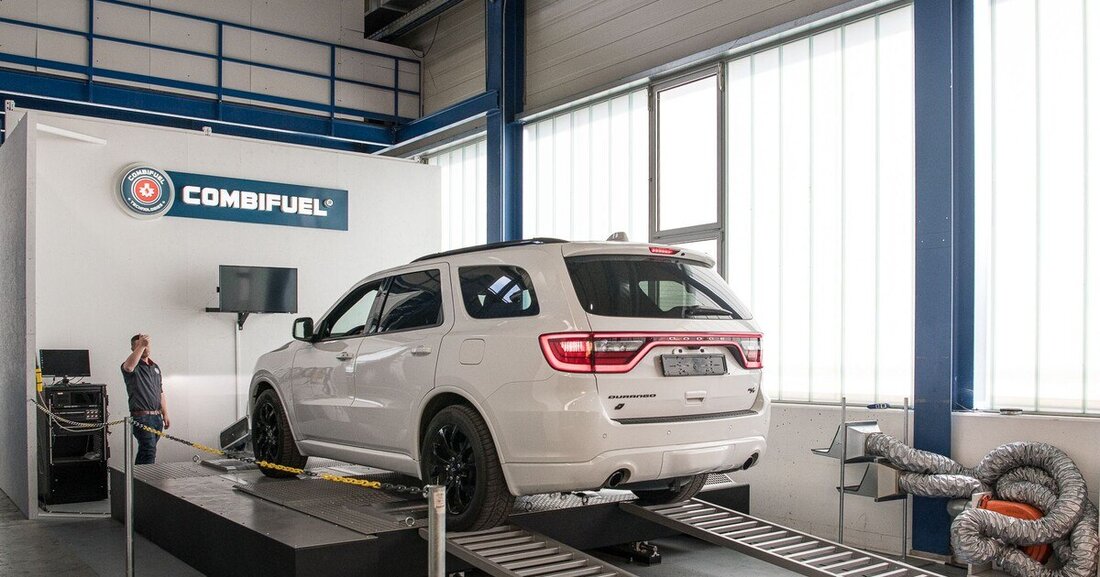Accelerate with LPG
Retrofitting combustion engines to run on autogas (LPG) promises to reduce emissions by up to 95 percent.

Accelerate with LPG
CombiFuel Swiss AG offers a technology that has been tested and certified on numerous types of vehicles, which makes it possible to retrofit conventional gasoline or diesel engines with lower-emission and therefore more environmentally friendly liquid gas (autogas/LPG). This means that these vehicles can be used for longer – with a reduced ecological footprint. The new drive system currently uses fossil liquid gas, but in the future it will also use BioLPG and dimethyl ether (rDME) and can be adapted to new synthetic fuels. The plug-in technology has been developed in such a way that, in addition to car applications, it is also suitable for engines in buses, trucks, construction machinery, ships and even industrial generators. Independent tests have proven that, depending on the engine, fuel and route, up to 95 percent of selected types of emissions can be reduced and - depending on the price level per country - up to 50 percent of fuel costs can be saved at the same time.
“If we were to convert just four million cars now, 85 million tons of CO2 could be saved - that corresponds to Austria's entire emissions per year,” says Eckhard Tilhof, Chairman of the Board of Directors of CombiFuel Swiss AG. Switching to liquid gas is not complicated: CombiFuel technology is a plug-in solution that is attached to the engine using a self-developed wiring harness. An adaptive control unit specially designed by the company, which is compatible with modern vehicle diagnostic systems (OBD), switches between the engine, tank and vehicle electronics. “Basically, the smart component ‘takes over’ control of the engine and enables the vehicle to use LPG or, in the future, rDME as a fuel alongside petrol or diesel,” says Tilhof, describing the principle. Major modifications such as replacing the engine units are therefore not necessary.
CombiFuel Swiss AG has already retrofitted various vehicle types as prototypes that are currently in the approval process. For example, a converted Opel Astra (prototype with 45,000 km) on a certified test bench in Memmingen, Germany, emitted 28 percent less carbon dioxide, 83 percent less carbon monoxide and 96 percent less nitrogen oxides per kilometer than in regular diesel operation. "Homologation for road traffic is carried out on the basis of an engine family. This means that CombiFuel with approval can be used in all vehicles with the corresponding engine and the corresponding gear ratio, with or without individual approval," says Tilhof.

 Suche
Suche
 Mein Konto
Mein Konto